(NLDO) - Excavations at 30 sites across the emirate of Fujairah reveal a different picture of the Arabian region at the end of the ice age.
Fujairah is one of the emirates that make up the United Arab Emirates (UAE), a land that was believed to be uninhabited until 7,000 years ago.
However, a major archaeological excavation recently took place that changed history.
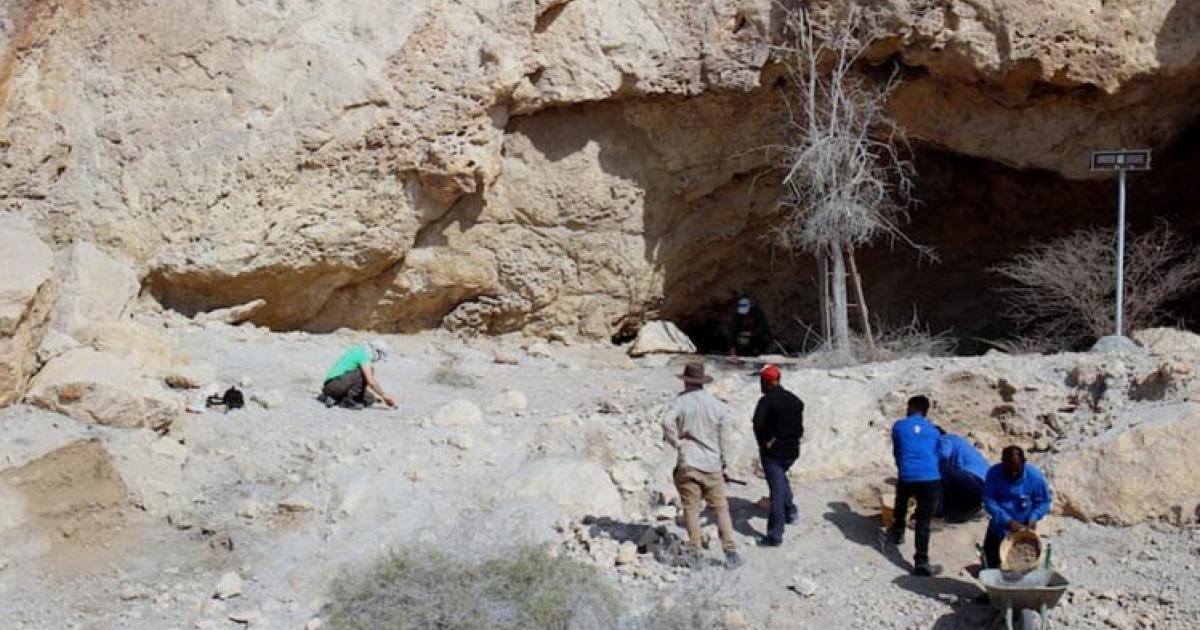
An excavation at Jabal Kaf Addor - Photo: Fujairah Tourism and Antiquities Authority - United Arab Emirates (UAE)
According to Ancient Origins, the Fujairah Natural Resources Corporation, in cooperation with international experts, has identified more than 30 sites with important geological features, indicating the existence of a large community at a time when Fujairah was thought to be uninhabitable.
The sites form a large settlement called Jabal Kaf Addor, where early forms of houses were built using the high quality limestone of the area.
This rock shelter offers access to a variety of landscapes, including the inland plains, the western foothills of the Al Hajar Mountains and nearby canals.
Up to three layers of sediment containing stone tools, animal bones and fireplaces were discovered at the sites, showing that people lived here from 13,000 to 7,500 years ago, according to GDN Online.
It has also been previously hypothesized that the area may have been inhabited, but by very ancient people who left during the Last Glacial Maximum (about 20,000 years ago), or even earlier, during a dry period lasting up to 6,000 years.
About 10,500 years ago, the region began to gradually become wetter over thousands of years due to a shift in the balance between two climate systems.
Fujairah is now located at the intersection of the mid-latitude westerlies, which bring winter rains and hot summer Shamal winds, as well as the summer monsoon from the Indian Ocean.
Along with some other evidence, it is thought that it was about 7,000 years ago that humans actually began to settle here permanently.
But the evidence above shows that despite the harsh conditions of 13,000 years ago - when the world was still immersed in a cold, dry ice age - people still chose to take refuge in this Arabian land.
It was an important milestone, especially since the period of settlement coincided with the time when agriculture began to develop in the area.
The Near East - which includes the countries of the Arabian Peninsula - is believed to be where the world's first agricultural civilization developed, about 12,000 years ago, including both crop and livestock farming.
Meanwhile, the breakup of the Northern Hemisphere ice sheets only began about 11,700 years ago, and the ice age did not end until more than 10,000 years ago.
Source: https://nld.com.vn/ngoi-nha-da-a-rap-13000-tuoi-viet-lai-lich-su-196240630105739922.htm




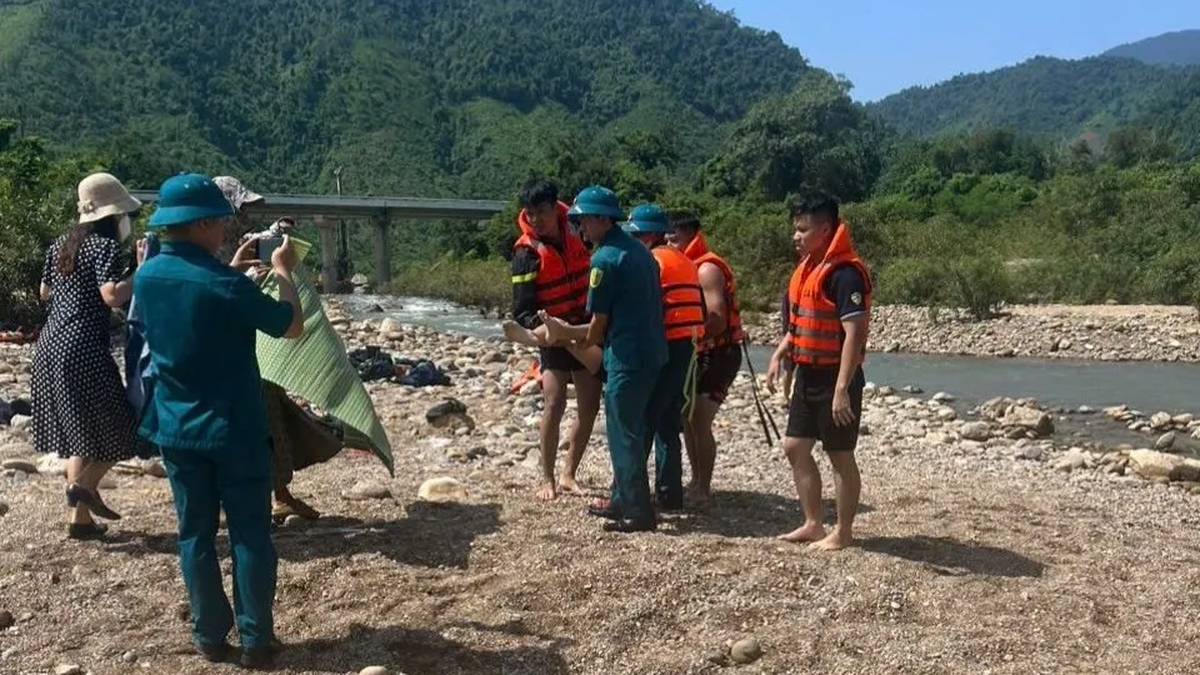






































































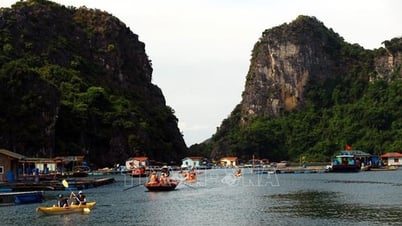























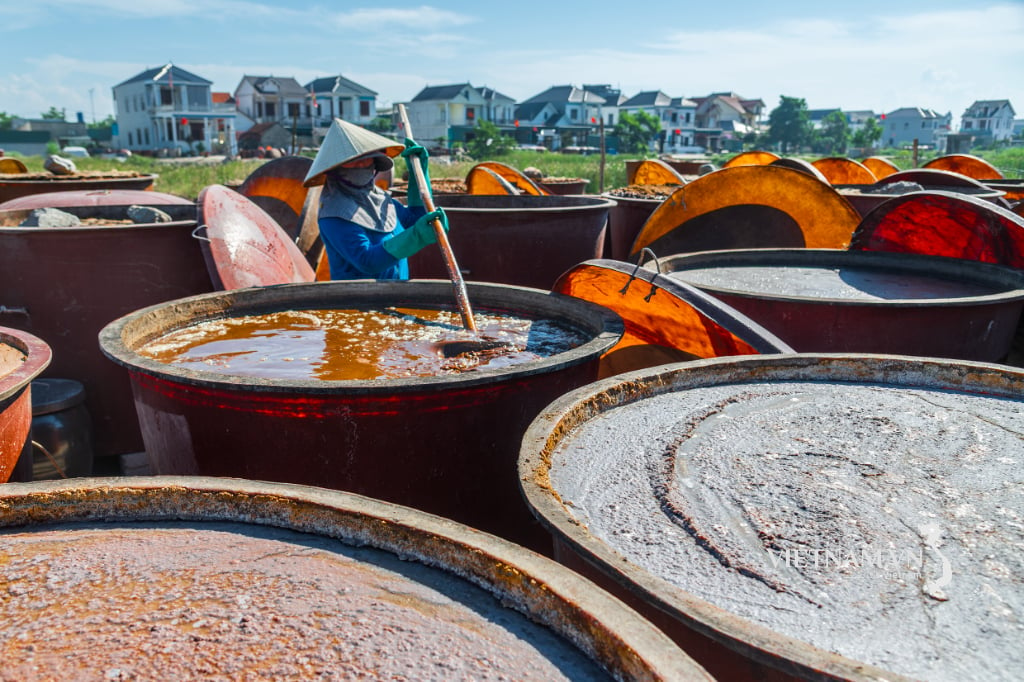

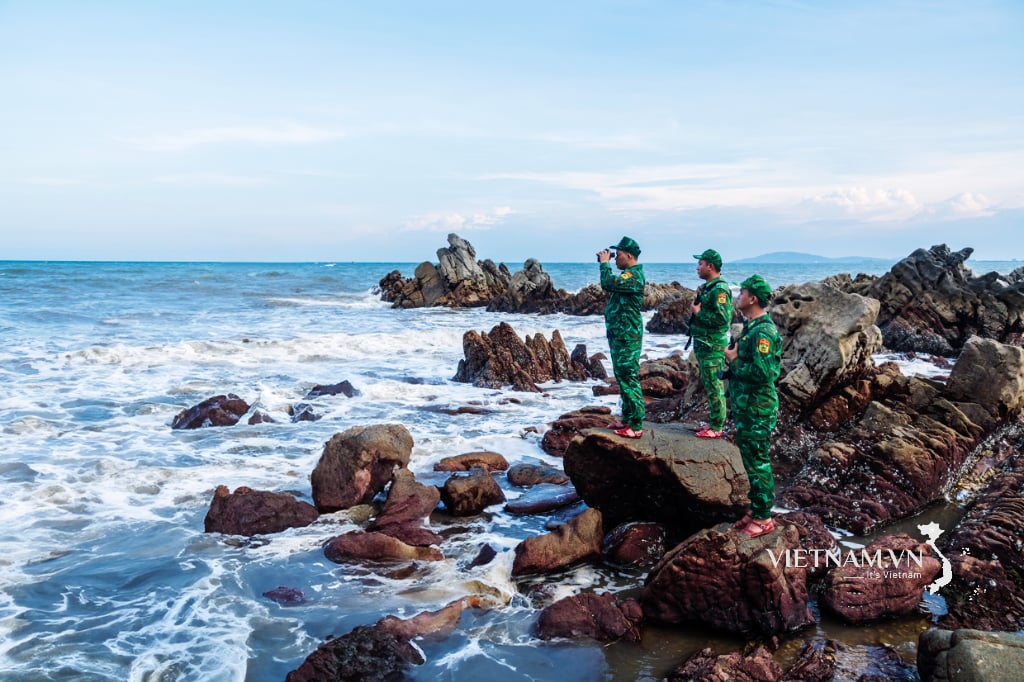
Comment (0)